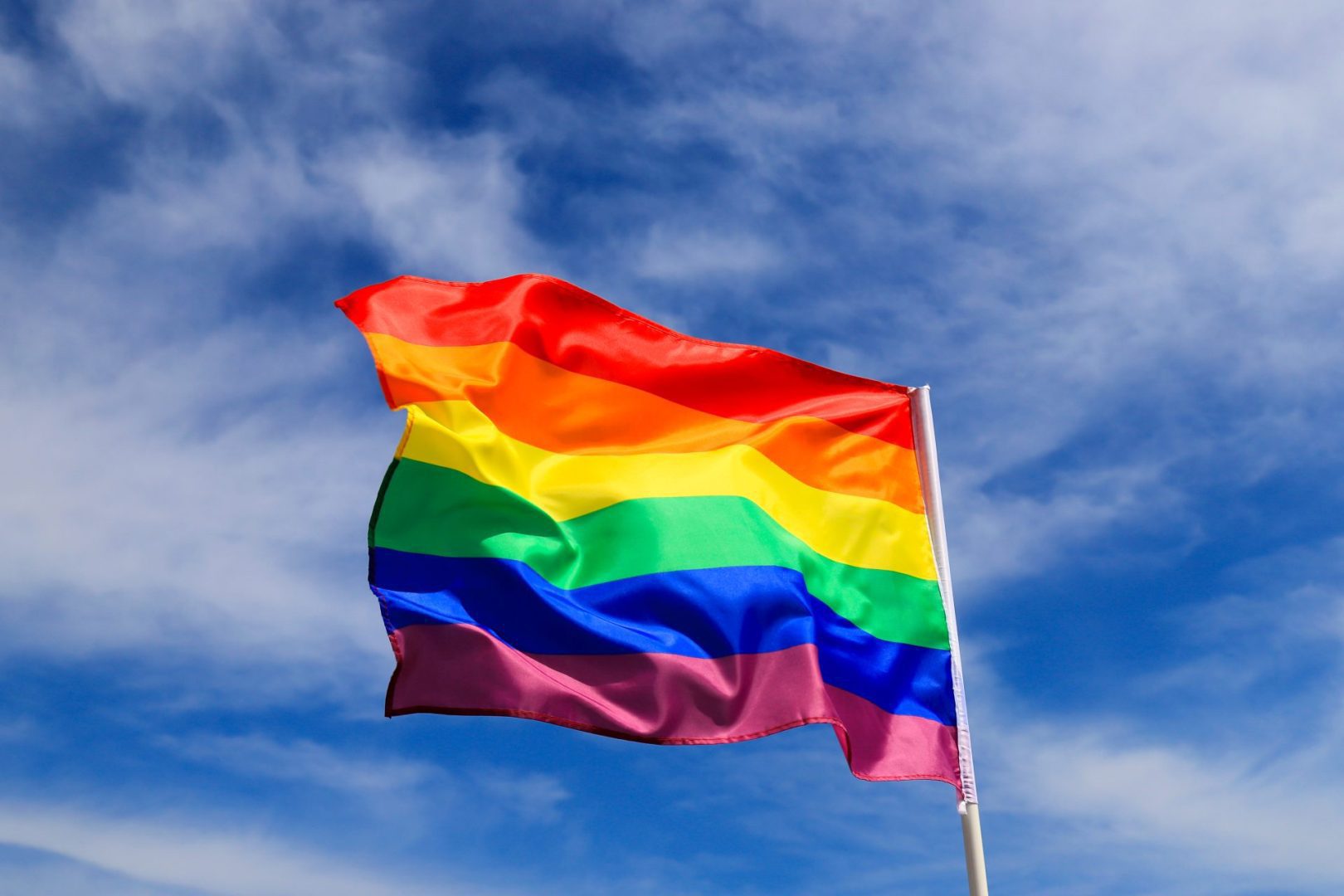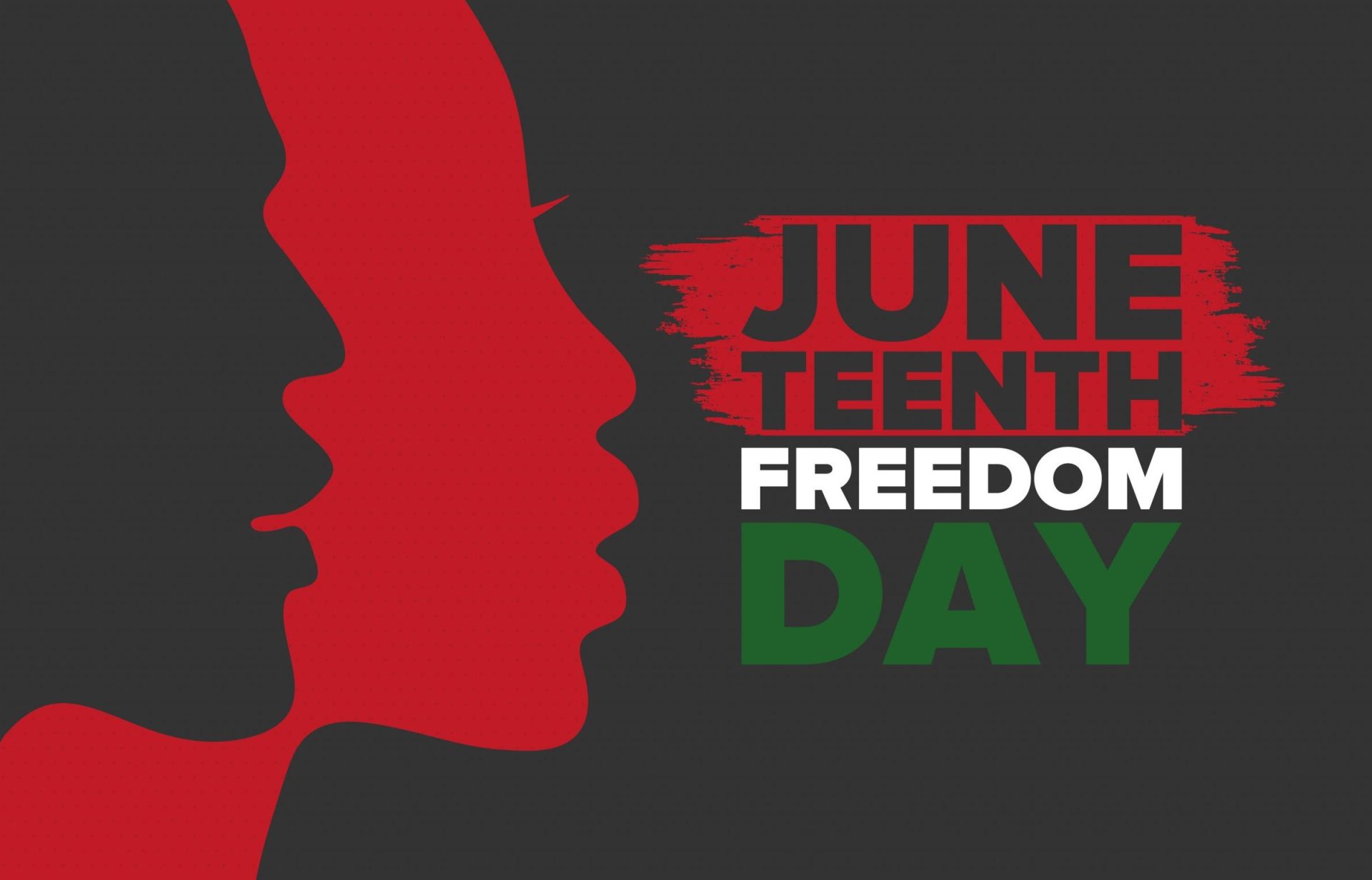The LGBTQIA+ acronym represents a significant milestone in the recognition and understanding of diverse sexual orientations and gender identities. From its humble beginnings as a simple descriptor, this terminology has evolved into a comprehensive representation of human diversity. The evolution reflects decades of advocacy, social progress and growing awareness of the complexity of human identity. This transformation demonstrates society’s expanding understanding of gender and sexuality beyond traditional binary concepts.
Historical journey of recognition
The term “gay,” originally meaning joyful in the 13th century, underwent a profound transformation by the mid-20th century to become associated with same-sex relationships. During the Gay Rights Movement, activists recognized the limitations of singular terminology, leading to the creation of more inclusive acronyms. The AIDS crisis of the 1980s served as a pivotal moment, highlighting both the challenges faced by the community and the urgent need for broader representation and support.
Understanding the acronym
Here’s what each letter in LGBTQIA+ represents:
L – Lesbian: Women or feminine-presenting individuals attracted to women
G – Gay: Men or masculine-presenting individuals attracted to the same gender
B – Bisexual: Attraction to more than one gender
T – Transgender: Gender identity different from assigned sex at birth
Q – Queer/Questioning: Umbrella term for non-traditional identities or those exploring
I – Intersex: Born with characteristics outside typical male/female definitions
A – Asexual: Experience little to no sexual attraction
+ (Plus): Encompasses additional diverse identities and orientations
Impact on modern society
The LGBTQIA+ terminology serves as more than just an identifier; it represents a movement toward greater social understanding and acceptance. This comprehensive approach to identity recognition has influenced policy development, healthcare practices, and social interactions. Educational institutions and workplaces increasingly incorporate these understandings into their diversity and inclusion initiatives, fostering more accepting environments for all individuals.
Moving forward with understanding
The ongoing evolution of LGBTQIA+ terminology reflects society’s commitment to recognizing and respecting diverse identities. As understanding continues to grow, the language used to describe gender and sexuality may further evolve, emphasizing the importance of staying informed and open-minded. This journey of understanding represents not just a linguistic shift but a fundamental change in how society views and values human diversity.















